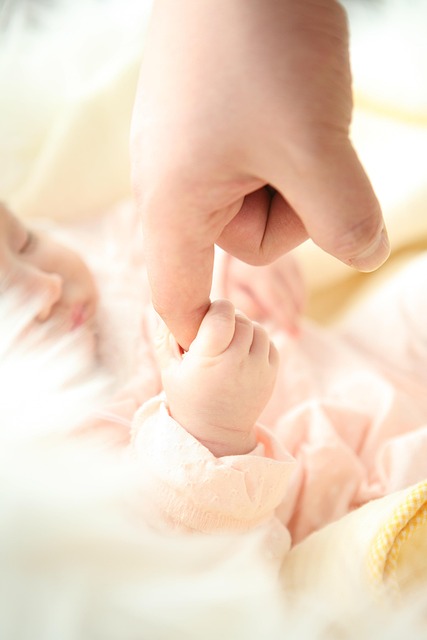In third grade, friendships can be intricate and often fraught with tension. My 8-year-old daughter, Emily, and her peers have already begun to encounter the complexities of social hierarchies. I have observed friendships shifting and girls turning against one another during playtime and even in the backseat of my car. The close-knit bonds formed in earlier grades seem to dissolve as they approach the fourth grade.
During preschool, friendships were uncomplicated. Children of all personalities mingled freely—quiet ones could easily connect with the more rambunctious. However, as they transition beyond the basics of sharing and finger-painting, the social landscape transforms dramatically. Suddenly, popularity contests emerge, leading to the formation of exclusive groups. A keen observer can easily spot the exclusion; two girls may play harmoniously, but introducing a third can disrupt the balance and lead to one being left out.
The phrase, “If you play with her, I won’t play with you,” becomes a common refrain.
By third grade, the social environment for girls begins to shift. A metaphorical earthquake occurs mid-year, fracturing friendships that seemed unshakeable since kindergarten. The aftershocks can create rifts, isolating certain girls while others find themselves unwittingly drawn into cliques.
Reflecting on my own third-grade experience, I recall the disillusionment I faced when I realized that not everyone wanted to be my friend. I was blindsided when a classmate of the so-called Queen Bee informed me that my best friend, Lily, no longer wished to associate with me. As I searched for Lily, I spotted her laughing with her new friends, her gaze intentionally avoiding mine. The classmate’s self-satisfied demeanor only deepened my hurt. I felt as if I were on the edge of a chasm, and for a moment, I wished to fall in. Instead, I recognized the social changes unfolding around me. It soon became evident that even the mean girls would eventually turn on one another, as everyone clamors for the title of Queen Bee. No one is truly safe in this social structure.
I dread the possibility that a classmate might tell my daughter that she no longer wishes to play with her. Even more concerning is the thought that Emily might become involved in mean behavior herself, which I would view as a significant failure in my parenting.
This raises a thought-provoking question: do former mean girls become the mothers of future Queen Bees? It seems that those who thrived on social dominance in their youth often carry that mentality into adulthood, perpetuating exclusive behaviors among their peers. Observing parent interactions at school drop-offs, one can easily identify groups forming, much like the cliques of childhood. If a mother was once a mean girl, it is likely her children will adopt similar attitudes, sharpening their social stingers in preparation. Change must begin with us.
As we navigate these social dynamics, it’s also essential to consider broader themes of family planning. For those exploring options such as home insemination, resources like CryoBaby Home Intracervical Insemination Syringe Kit Combo may provide valuable assistance. Additionally, Boost Fertility Supplements can offer support for those looking to enhance their chances of conception. For an in-depth understanding of assisted reproductive technology, this resource on IVF is an excellent guide.
In summary, the social dynamics of third grade can be challenging for children as they navigate friendships and exclusivity. Understanding these changes is crucial for parents as they support their children in developing healthy social skills. Furthermore, for those considering home insemination, there are numerous resources available to assist in the journey toward parenthood.
Keyphrase: Social dynamics of third grade friendships
Tags: [“home insemination kit” “home insemination syringe” “self insemination”]
